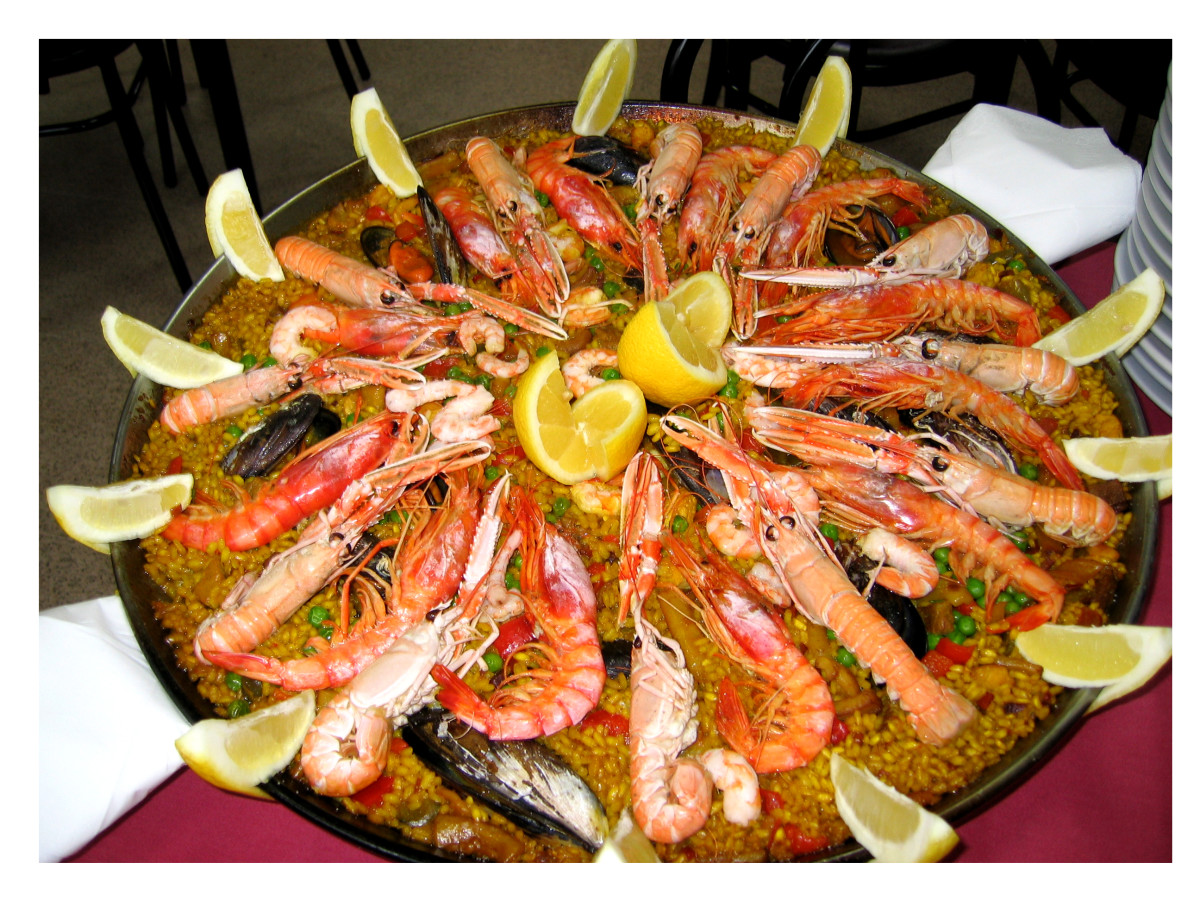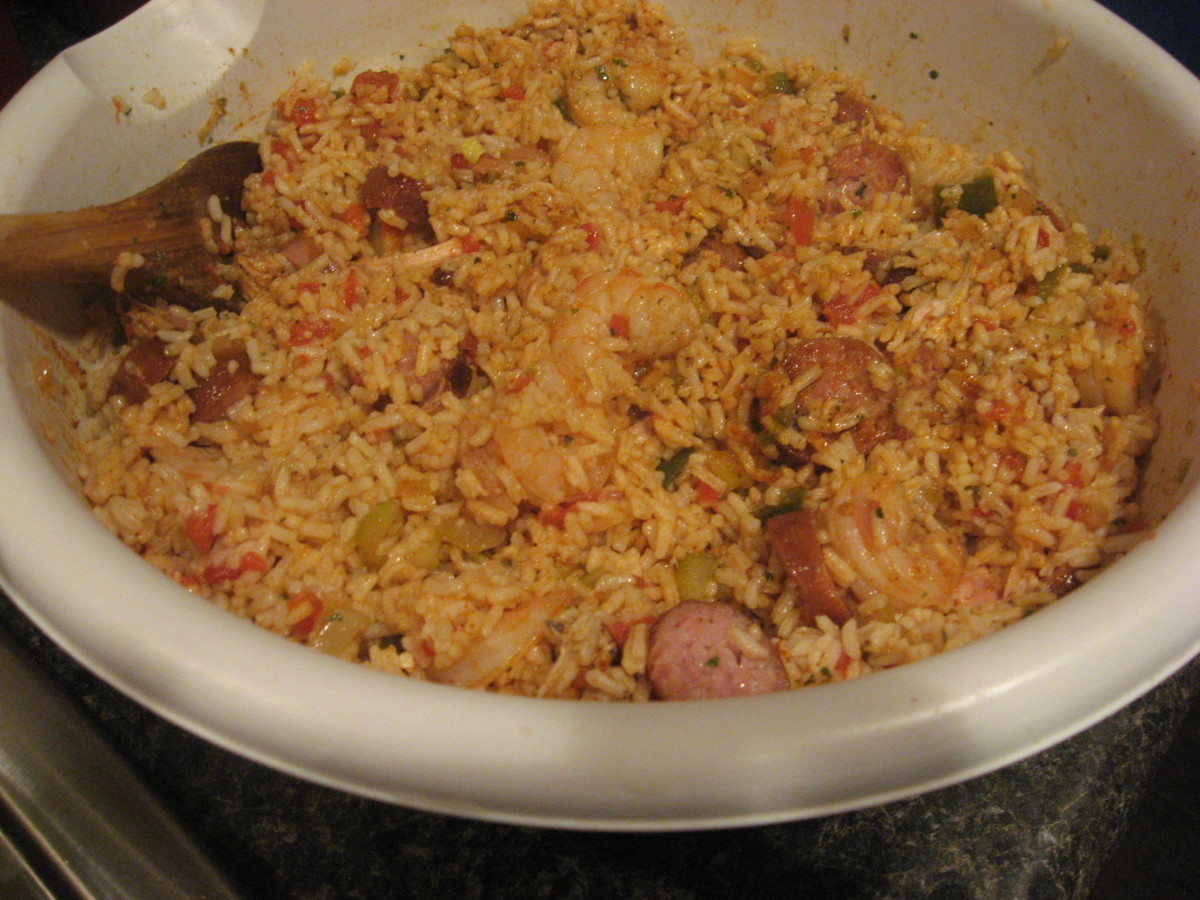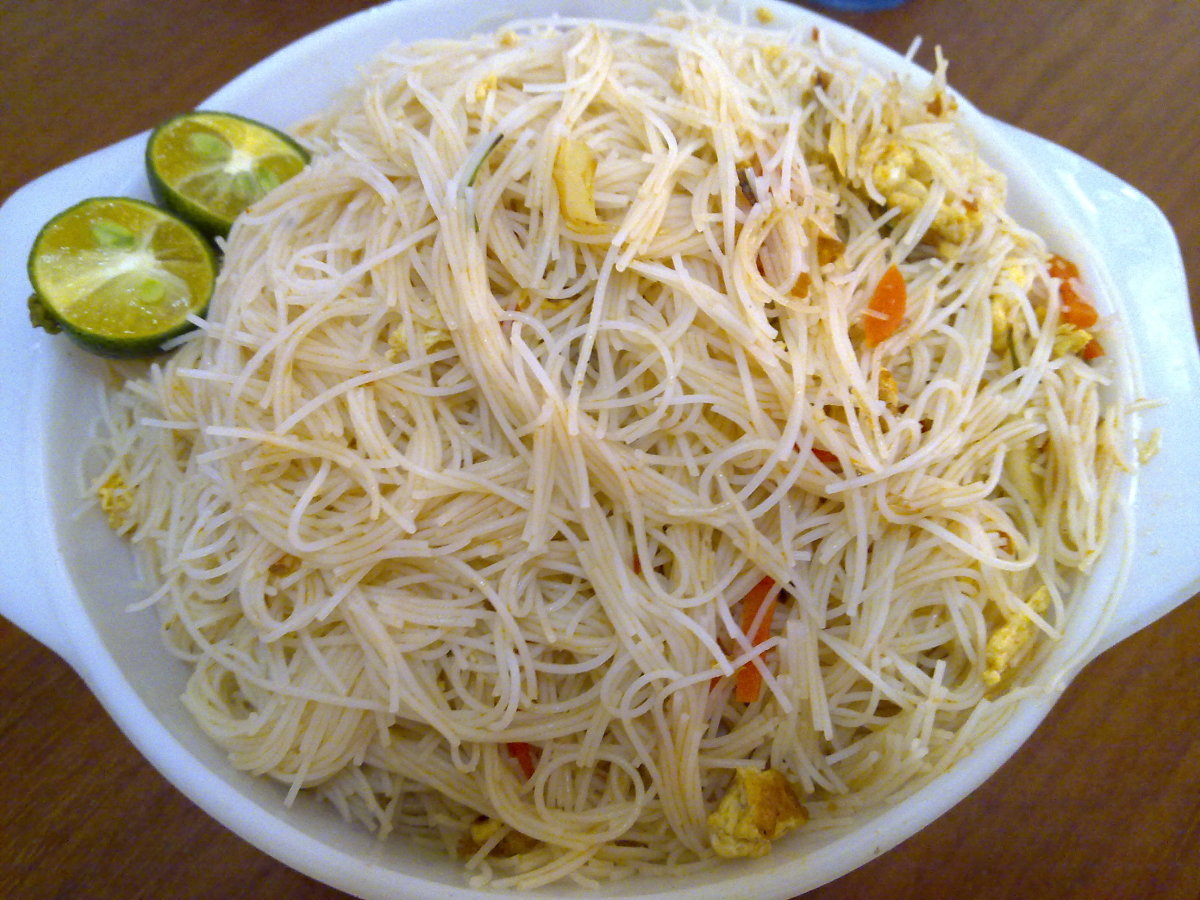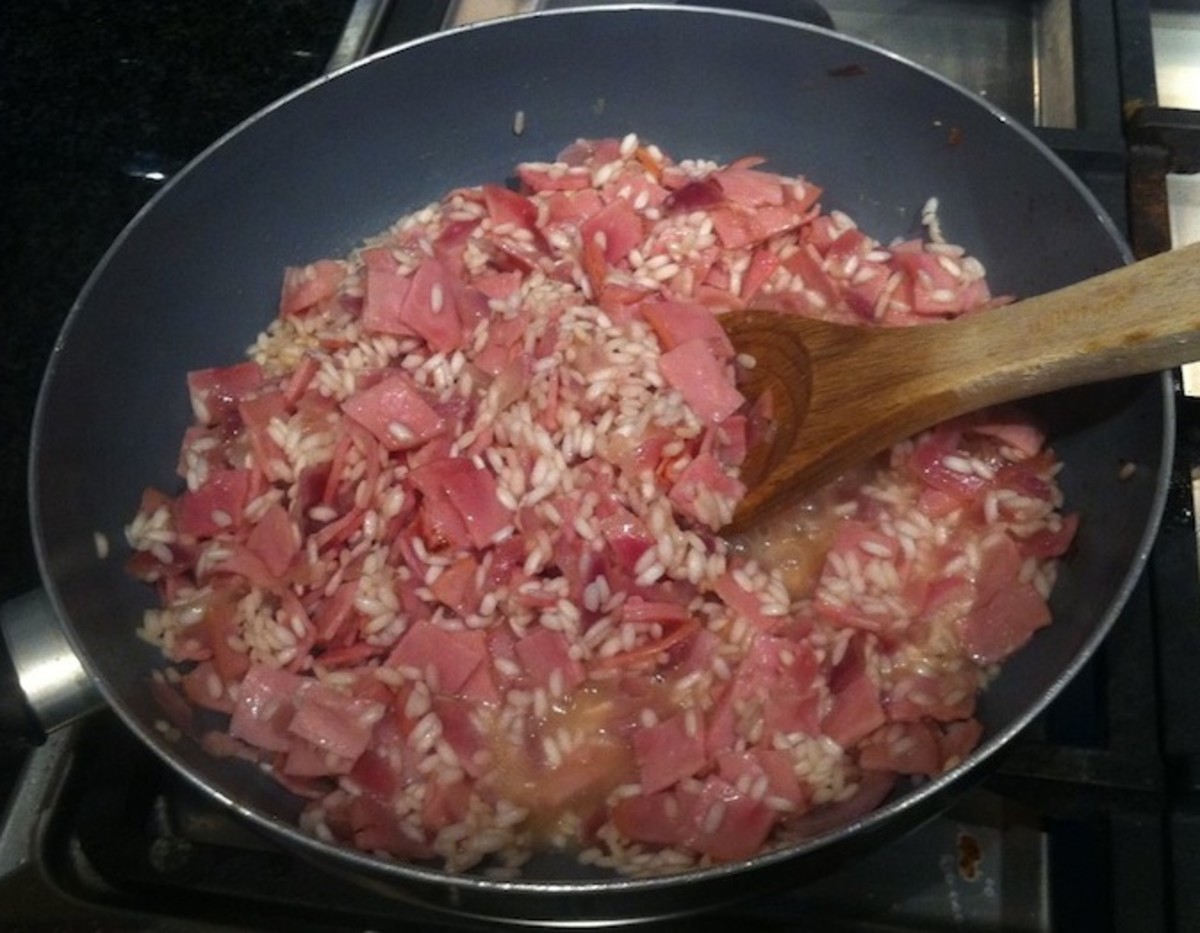Origin and Recipe of Traditional Valencian Paella with Saffron
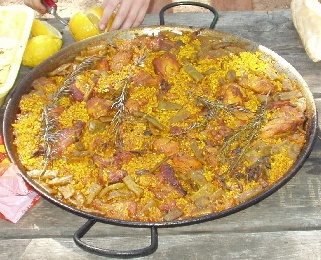
Origin: The Birth of the Classic Dish
The first time I had paella was in an overpriced café in Madrid. I was jetlagged and too green to realize that I paid a laughable fee for low-quality mush. Fortunately, my second attempt more than made up for the first, thanks to some Spanish friends. In the old part of Valencia, on the second floor of a narrow building amidst tightly huddled groups of chain-smokers, my jaw dropped at the paellera, a shallow, steel pan as big as a tire, which appeared on our paper-clothed table with a silent air of ceremony. My table-mates nodded for me to take the first bite of paella Valenciana, which many argue is the only true paella. Almost too delectable to eat, the steaming gold-hued rice (thanks to the saffron), tender pieces of chicken, chunks of rabbit, beans, peeled tomatoes, paprika, and olive oil filled my mouth. Each scoop was heavenly, and when the last bits of socarrat had been scraped away, it was a bittersweet end.
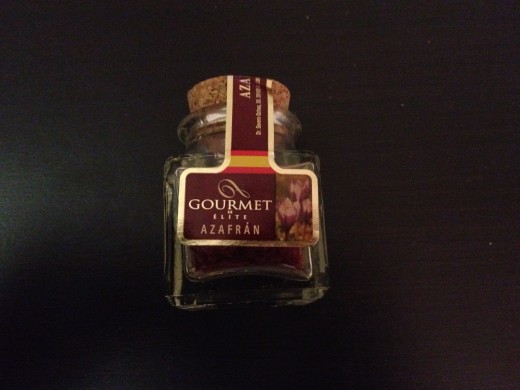
The Best Paella in the World?
Of all the Spaniards I have spoken (and argued) with, the birth of paella is agreed to have occurred in Valencia (specifically, in Albufera). Originally, it was a hearty dish of chicken, duck or rabbit, garrafón (large, white lima) beans, flat green beans, water, seasoning (saffron, paprika, salt) and rice (medium-grain). For those without the means, mountain snails were substituted in place of meat or poultry. During the 18th century, Valencianos (mostly peasants), would cook large batches in their paelleras (also referred to as paellas) over an open fire, ensuring that every ingredient was evenly heated. They made huge amounts and spooned the fruits of their labor directly from pan to mouth. An additional taste and aroma was brought out by burning orange tree branches which gave the paella a bit of zest, apart from being a particularly good wood for constant fire.
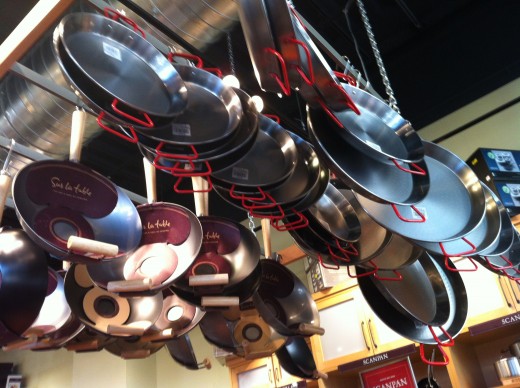
Modern Day Craze
Nowadays, no matter what city you go to in Spain, you are sure to find paella on the menu. In the United States as well, in almost any Spanish restaurant, it is sacrilege not to serve it. The question is, of course: Are you getting the real deal? Like any good thing, once it arrives, people will alter it and make it their own. As a writer, I’m hardly one to deny the power of inspiration, alteration and improvisation. Art, food, life--none of it is meant to stay the same forever. If you have never made paella, a great place to start is with the original paella valenciana. Once you get the hang of it, you can try adding red meat, seafood, even (gasp) tofu. The important thing is to have fun experimenting, and, of course, share!
***Paella Valenciana for Four:
500 grams (2 cups) rice
800 grams (1-1.5 pounds) cut chicken
600 grams (1 pound) rabbit
250 grams (1-1.25 cups) flat green beans
200 grams (1 cup) “garrofo”
100 grams (1/2 cup) peeled, chopped tomatoes (can be bought canned)
150 cc (a little over ½ cup) extra virgin olive oil
1 pinch saffron
1 Tbsp. powdered paprika
salt to taste
fresh rosemary sprigs (optional, more for ornamentation)
4 cups water (two times the amount of rice)
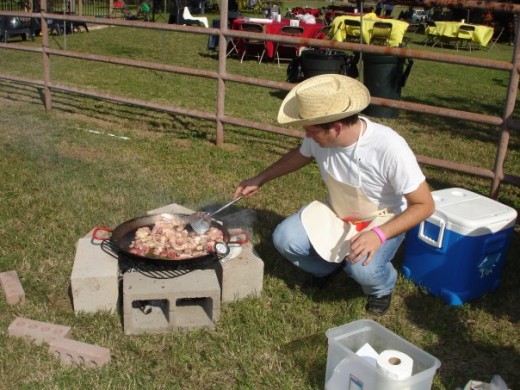
Cooking
1. Heat oil in the paellera on medium-high heat. Make sure oil is spread evenly over the entire surface.
2. When the oil is nice and hot, add chicken.
3. Once chicken is a nice golden color (not burned!) move it to the edges/exterior of the pan, where heat is less intense.
4. Add rabbit; repeat the same as with the chicken.
5. Add flat green beans.
6. Again, once the beans are cooked, move to the edges, then add tomatoes.
7. Once tomatoes are cooked, mix all ingredients together so that they are uniformly spread over the pan.
8. Add paprika. Move it around quickly so that it doesn’t stick/burn.
9. Add water.
10. Add saffron and garrafón (or similar white beans).
11. Add salt if needed.
12. Once liquid reaches boiling point, let it remain boiling for about 5 minutes, then turn heat to low and let paella cook 30-45 minutes on low heat.
13. After 30-45 minutes, turn the heat up and add the rice evenly over the entire surface.
14. Cook on high for 5 minutes, then medium for 5 minutes, then low for 7-10 minutes. DO NOT cook rice more than 20 minutes, as you run the risk of getting mushy rice that falls apart.
15. If you want to try to get that famous socarrat, for the last minute cook the paella on an intense, high heat.
16. ¡Que aproveche! Bon appétit!
*** “Receta Tradicional de la Paella Valenciana.” Artesonado.com, n.p. Web. 14 Jan. 2012.
Additional Tips
1. Use “Spanish Rice”: This is medium-grain rice and includes the varieties “bomba,” and “senia.” These absorb more liquid and do not stick together. DO NOT choose long-grain rice, which takes longer to cook and will not soak up the yummy stock flavor, or short-grain rice, which is sticky.
2. Paella is a dish that needs time and attention. Don’t rush anything and enjoy the process with friends and family.
3. Save a tree—don’t bother with plates. Eat the paella directly from the paellera with a wooden spoon.
Unsure of how to buy the best saffron? Read this!
- Saffron: The Diamond of Spices
Where Does It Come From and Why is It So Expensive? Before you shell out your hard earned money on a gram of this luxurious, red-gold (some would say vermillion) spice with the distinctive earthy, honey-like taste, it may be useful to know where...

